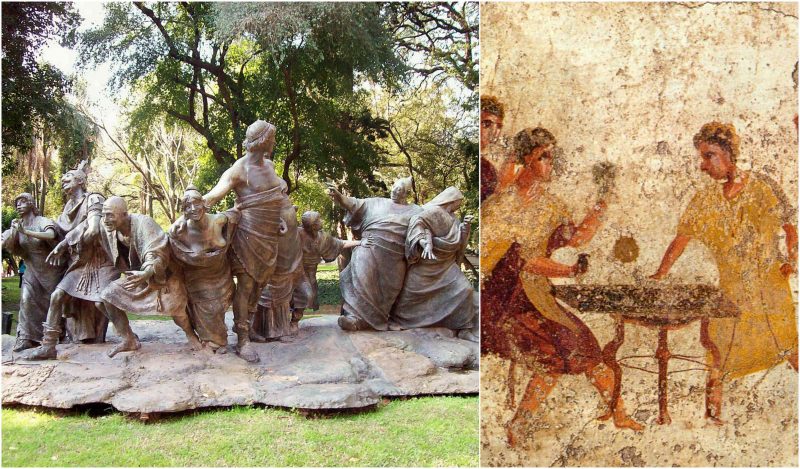The first known document mentioning slaves was the Code of Hammurabi, written in Babylonia between 1792 BC and 1750 BC, which including a regulation of slavery.
Many of the mightiest empires in the world were built on the backs of their slaves. Among them is the Roman empire, once the biggest in Europe. Slavery in Ancient Rome lasted for a very long time. Slaves were treated as property, forced to do whatever their masters demanded. It is estimated that at the peak of slavery in the Roman empire, slaves consisted of around 40 percent of the entire population in Rome. But each year on December 17, these poor souls could finally get a break and live as equals with their masters. It was the day of Saturnalia.
Saturnalia was a festival dedicated to Saturn, the Roman god of seed and sowing. According to the legend, Saturn once ruled Rome, an age known as the Golden Era in Roman mythology. The god taught his people agriculture, so it is quite easy to understand why Saturn was popular, and why the Romans honored him with the biggest of their festivals.
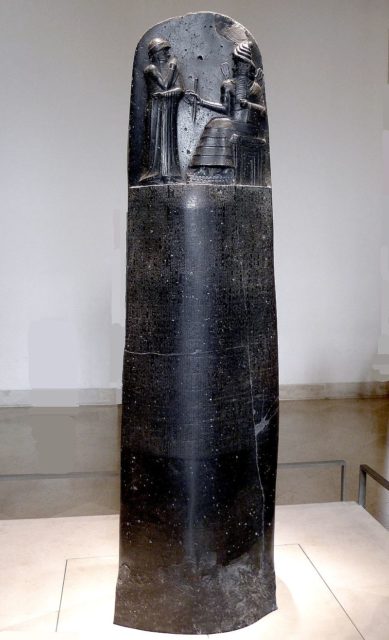
Initially, it began as a one-day farmer’s festival, which later turned to a feast that lasted for five days. The beginning of Saturnalia signaled that the autumn planting season was over, so the farmers paid their respect to Saturn, hoping for richer crops. According to the Roman historian Titus Livius, the festivities of Saturnalia began around the 5th century BC. With its modest beginnings, the holiday grew to be the biggest in the Roman Empire, celebrated by everyone.

Saturnalia would begin with sacrifices to Saturn, and the removal of the woolen bindings that were around the feet of the god’s statue inside the Temple of Saturn as a symbol of liberation and respect. After the sacrifices and rituals were done, the beginning of the festivities was announced with the shout, “Io, Saturnalia!” by the people. During the festival, death sentences and war declarations were put on hold. Public banquets were organized, and gifts such as wax candles or small carved figurines were exchanged. Parties were held all around the empire and public gambling was allowed during Saturnalia. Dressed in colorful clothes instead of the usual white ones, the rich would help the poor, by paying rents and giving money to those in need. But what’s even more interesting, the masters would trade places with their slaves.
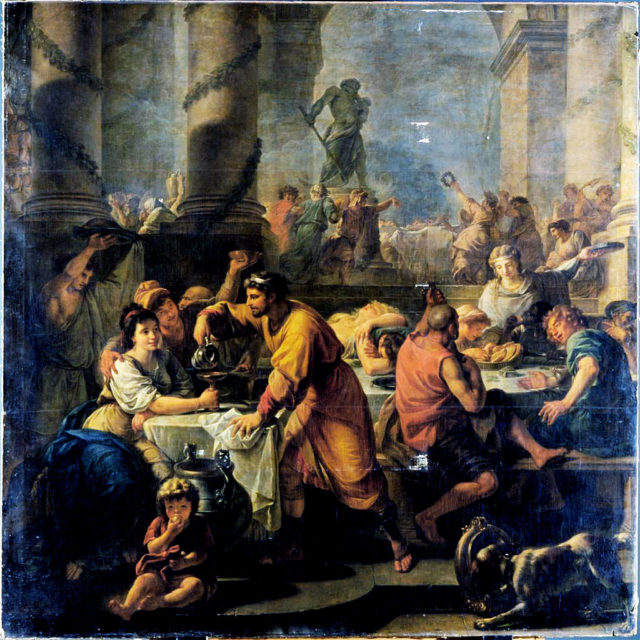
During Saturnalia, the slaves were allowed to disobey a command without being punished for their deed. They would even swap clothes with their masters and would be served with food and wine. During this temporary freedom, the slaves could say whatever they wanted, with no consequences.
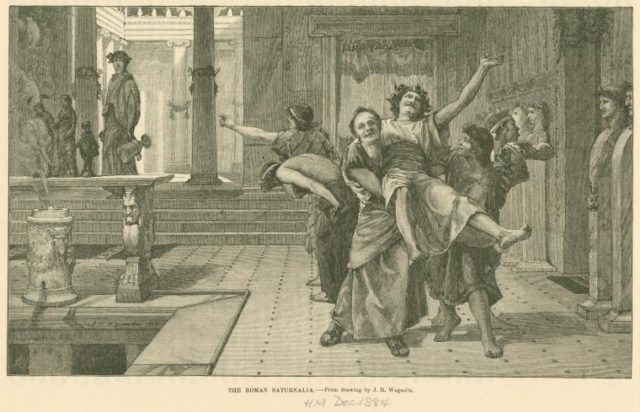
Treated as equal with their masters, slaves were allowed to wear a felt pileus hat, which was the mark of a freed slave. As free citizens, the servants of the Romans were allowed to get drunk and gamble during Saturnalia. Seated at the tables together with their masters, the slaves would have these few days to feel as their masters did.
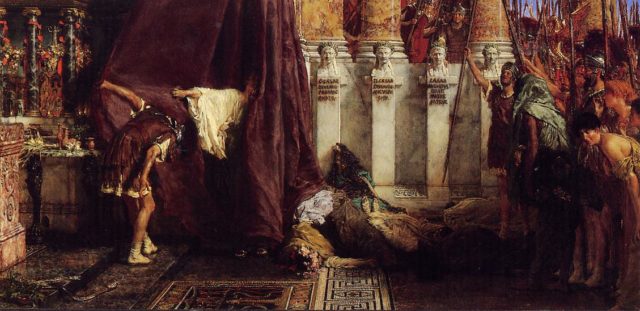
Saturnalia had different durations. Starting as a one-day holiday, it was later expanded to three days, then five, and in certain periods, the festival would go on for an entire week. The first noted public celebration of Saturnalia was held in 497 BC when the construction of the Temple of Saturn in Rome was finished. Some historians theorize that Saturnalia was the precursor to Christmas, and that the biggest Christian holiday has pagan origins.
Certain resemblances do exist, such as gift giving, while some even say that the “ho, ho, ho” cry of Santa Claus originates from the “Io” used during Saturnalia. One thing is for certain: Romans began celebrating Christmas on December 25, a time when Saturnalia would end. The celebration of Christmas began in 312 AD after Emperor Constantine converted to Christianity. Sadly, the customs of owning slaves did not end with the end of Saturnalia, leaving a dark spot on the history of the great Roman civilization.
